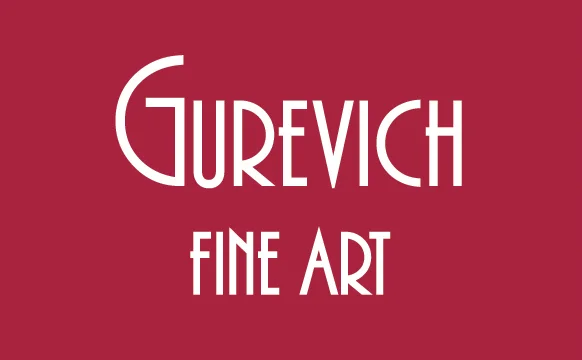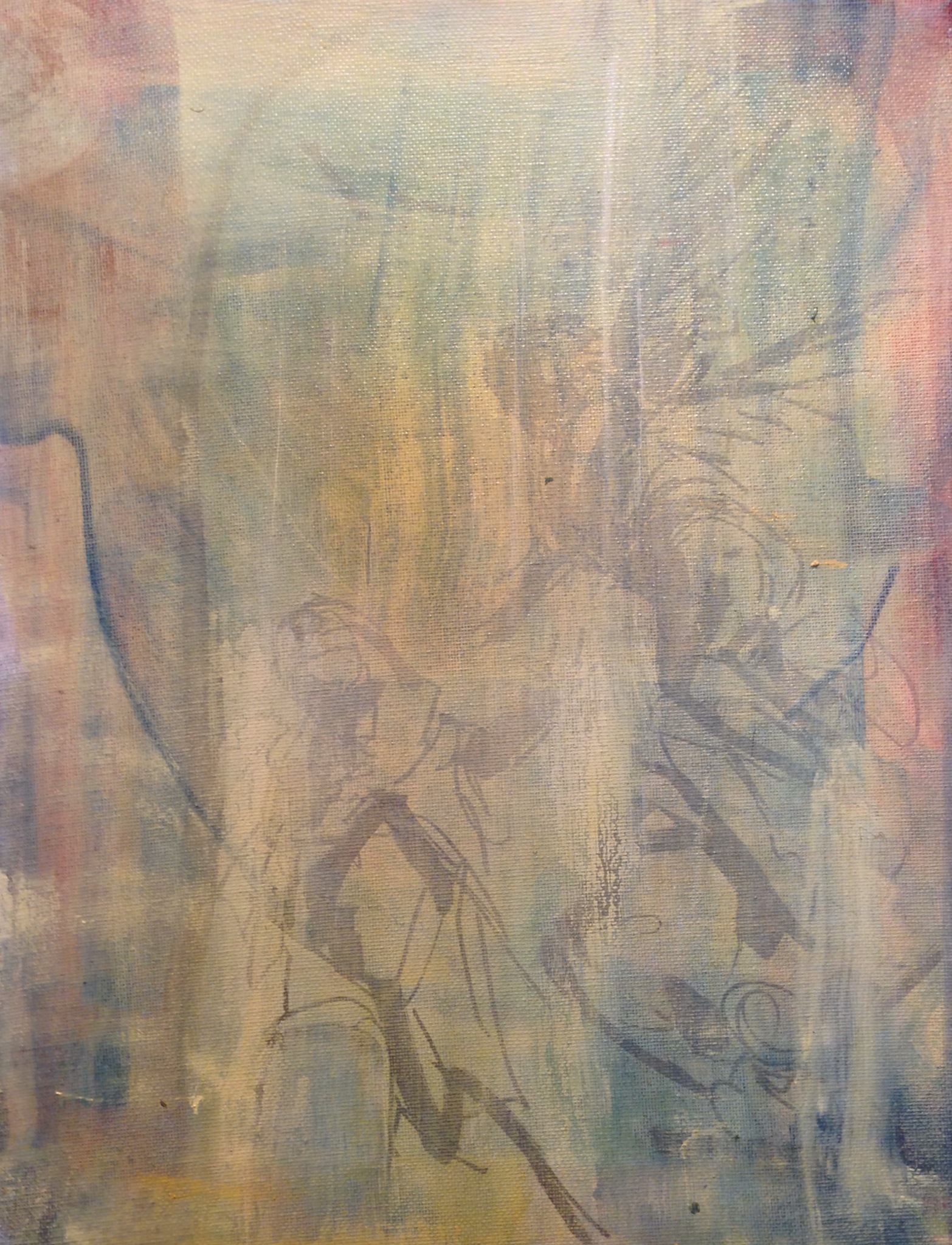Worthington summons old masters to create modern spirituality
In his new exhibit Three, Christian Worthington makes a bold and decisive move to redefine modern spirituality. His innovative forms and multiple mediums emphasize individual piety. The art pulls the viewer’s focus in unexpected directions, creating a new way of seeing his subjects. In so doing, Three becomes a post-modern interpretation of the sacred. The exhibit opens November 28, 2013 at 7:00PM. Worthington will be in attendance.
Worthington’s command of realism, underpins the exhibit. His expressive oil and acrylic brush strokes make his abstract offerings subtlety dynamic. Large drawings take off from his usual studied realism using rough oil-bar with deceptive simplicity. The sculptures are a new exploration using techniques he mastered in painting and drawing to produce works of subtle beauty.
Three investigates the potentials of form to achieve its purpose. “I don't ‘express myself,” states Worthington. “Rather I pay close attention to what the piece is pulling out of me, what the forms are communicating."
Using historical techniques of drawing, painting and sculpture concurrently, he crosses the boundaries of tradition infusing each piece with all three elements. The strength of his art is increased by a vivid interior insight and spiritual awareness. Worthington challenges our preconceived notions of the sacred and profane to give us something new.
Artist Statement
Christian Worthington’s practice is a testament to the dexterity of form, and its capacity to prompt complex psychological and emotional responses within the viewer.
"I watch the picture make itself. I want to see it do something I could not have anticipated. I only step in when the piece wanders off and threatens to annihilate itself.
I don't "express my self", rather I pay close attention to what the piece is pulling out of me, what the forms are communicating."
To this, CW unveils a diverse exhibition reflecting a serious investigation into the potentialities of form that concurrently cross three historical art techniques:
Painting.
CW continues to hybridize abstraction and the figurative, typically incorporating themes from art history, assuming specific painterly styles that are purposely blurred to create a tension amid the material and immaterial. His catechetical study of the Masters mines early investigations into the technology of painting, dredging the dramatic depths and realism of the Renaissance, to the ephemeral purity and idealism of the Abstractionists.
Drawings.
These large-scale drawings, measuring up to 9x5 feet, are delineated and evolve in less than 20 minutes apiece. The speed in which they are created emphasizes a striking balance between the subject represented and the graphic quality of the lines themselves. Achieving a large-scale "sketch", CW achieves a blend of classic historical composition with the intense graphic action influenced by the Modern Nueue Wilde artists, notably Martin Disler, who composed in quick and expressive strokes.
Relief Sculpture.
CW’s sculpture, done in low relief, retains his painterly quality, but still represents to the artist a means to embrace the ancient practice of creating from clay- of molding forms from earth and water.
"For me, oils bring you back to the 14th Century. Clay brings you back to the first moments of human creation."
GFA invites you to experience some of the excitement to which Christian Worthington has shown great consideration over the past months of creation, of one image informing another. He hopes to enliven the audience to the highs and experiences of discovering and channeling ancient ideas into form.

